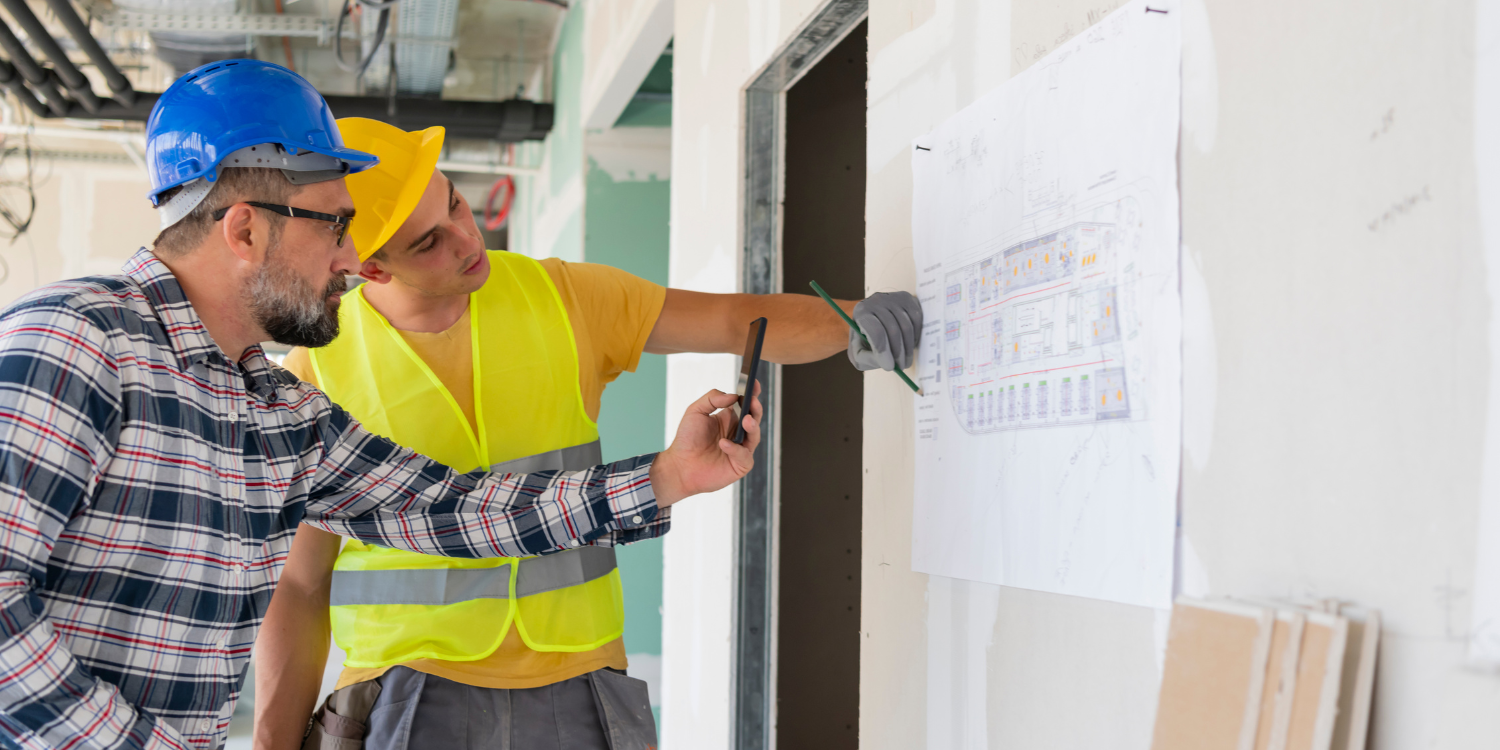Committing to a large commercial refurbishment project is a significant undertaking, even for companies that are in the business of turning around the prospects of run-down buildings.
Careful planning is needed to ensure continuity of work, properly coordinated timeframes and budgeting. Not to mention sourcing the necessary labour force, and the legal requirements that come with a project such as this.
There are expectations of many stakeholders to be met, and considerable budgets to be adhered to. So, the Refurb team have produced this do’s and don’ts guide for anyone considering embarking on a commercial refurbishment project.
For this article, we’re assuming that you have sourced the building in need of refurbishment and have acquired the necessary permissions to commence work…
Some considerations when planning a commercial refurbishment
DO – Conduct thorough research and planning
Just as with any building project, the foundation of your refurb project must be stable to ensure the project goes ahead without any hiccups. The work requires strategic planning, careful attention to detail and a thorough understanding of the desired outcome. Some considerations include:
- What is the current condition of the building?
- Where do the priorities lie for securing the safety of the building?
- Do you have a valued or recommended Principal Contractor?
- Who will be producing your Construction Phase Plan?
DO – Allow for unavoidable budget and timeline fluctuations
Whilst any good Principal Contractor can stick to the plan when it comes to finances and time, there are some instances that just can’t be foreseen or avoided. We would advise you consider having a contingency in your budget for both the money and time. To set this, you could speak to your Principal Contractor, or work on a standard 15% additional.
It’s a good idea to have an idea of how long it will all take before getting a quote for the refurbishment. You can then compare this to the finalised quote which will help you gain experience for any future projects.
Note that the planning stage will be the precursor to a firm quote, once we know everything that’s involved in getting the building to completion.
DO – Consider sustainability and the environment where possible
When budgeting for your refurbishment, you might like to include estimates for more sustainable building materials and features. Which materials can you include that are:
- Durable
- Reusable
- Recyclable
- Renewable
Again, your Principal Contractor will be happy to talk to you about your options.
DO – Choose who to work with carefully
It goes without saying that you should choose a firm with a good reputation. Personal experience and recommendations are a good place to start, as are public reviews.
Many construction companies are members of Considerate Constructors Scheme, that helps support the construction industry in raising the standards of the profession, especially when it comes to site organisation, staff conduct on and off site, and leadership.
You can ask your Principal Contractor about who they subcontract to and how they select them and monitor their conduct.
And now for what not to do when planning a commercial refurbishment
DON’T – Overlook your legal requirements
Whilst some commercial property building work can come under Permitted Development Rights, listed buildings, conservation areas and National Landscapes (previously known as Areas of Outstanding Natural Beauty) among other criteria, do not.
If you have selected a good Principal Contractor they will carry out the research required on Building Regulations and Health and Safety requirements for you.
DON’T – Speak to only one contractor
No matter your time restrictions, it makes good operational sense to speak to at least three Principal Contractors for the project. You will find a range of processes and quotations, as well as personalities. It’s important to be able to communicate well with whoever you choose.
DON’T – forget post-construction details
At the completion of the refurbishment comes the final inspections and snagging phase. This is partly your responsibility and involves checking the finer details to make sure you’re content with the final result. You’ll need to coordinate the time and possibly the key stakeholder’s time to do this.
After the tools have been packed away and the hi-vis is nowhere to be seen you may feel like the project is all over. However, your Principal Contractor should have left you with a large file including the specifications and inspections of all fixtures and fittings.
This forms part of the aftercare service, as does advice regarding ongoing property maintenance.
If you have further questions about what to consider when embarking on a commercial refurbishment project our team will be happy to take your call.





